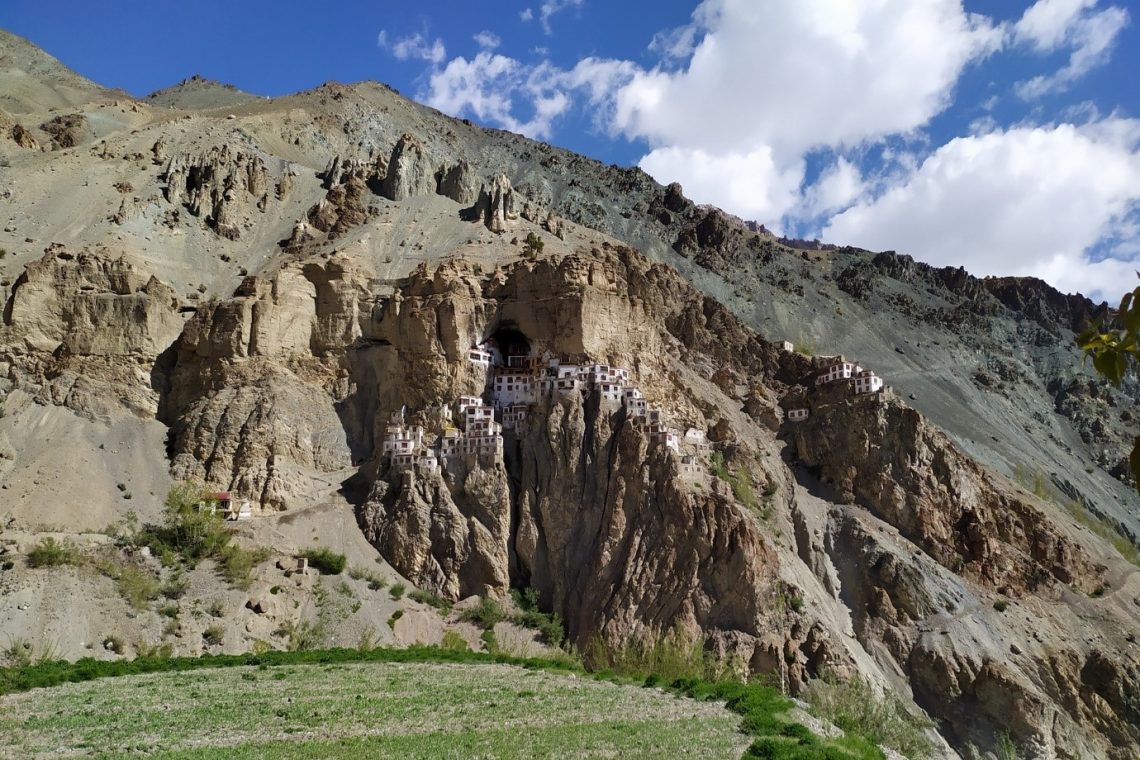
Phugtal Monastery: The 2500 Year Old Cave of Liberation
In Ladakh’s Zanskar Valley, a 3-hour trek and a hanging wooden bridge leads to Phugtal Monastery, built around an ancient cave
Story by: Tenzin Choejor
View video snippets of this story
The Modest Beginnings of Phugtal Monastery
2500 years ago, Phugtal (also written as Phuktal Monastery) was just a cave in the mountains. Monks, scholars and anyone seeking enlightenment lived and meditated in this cave in complete isolation, for years at a stretch. That’s how Phugtal Gompa (monastery), built around the cave, got its name: Phug = cave, tal = liberation. One of the world’s oldest and most remote monasteries, situated in the rugged Zanskar Valley of Ladakh.
It is said that the most dedicated followers of Buddha, like the Arhats and Guru Padmasambhava, lived in the cave of liberation at different times, over a thousand years ago.

Today, this Zanskar monastery is home to more than a hundred lamas (monks) – and still remains one of Zanskar’s most remote outposts. For those wondering how to reach Phugtal Monastery, getting there involves taking a dirt path built only last year, from Padum (Zanskar’s capital city) to my village Purne, deep in the valley. Followed by a 3-hour Phuktal Monastery trek along infinitely beautiful landscapes – stark brown mountains interspersed with lush greenery in the middle of nowhere. Ibex and blue sheep graze around fearlessly, for we believe in living with harmony with all living beings. The Tsarap River gushes beneath. And a hanging wooden bridge – not for the faint hearted – finally connects to the monastery across!
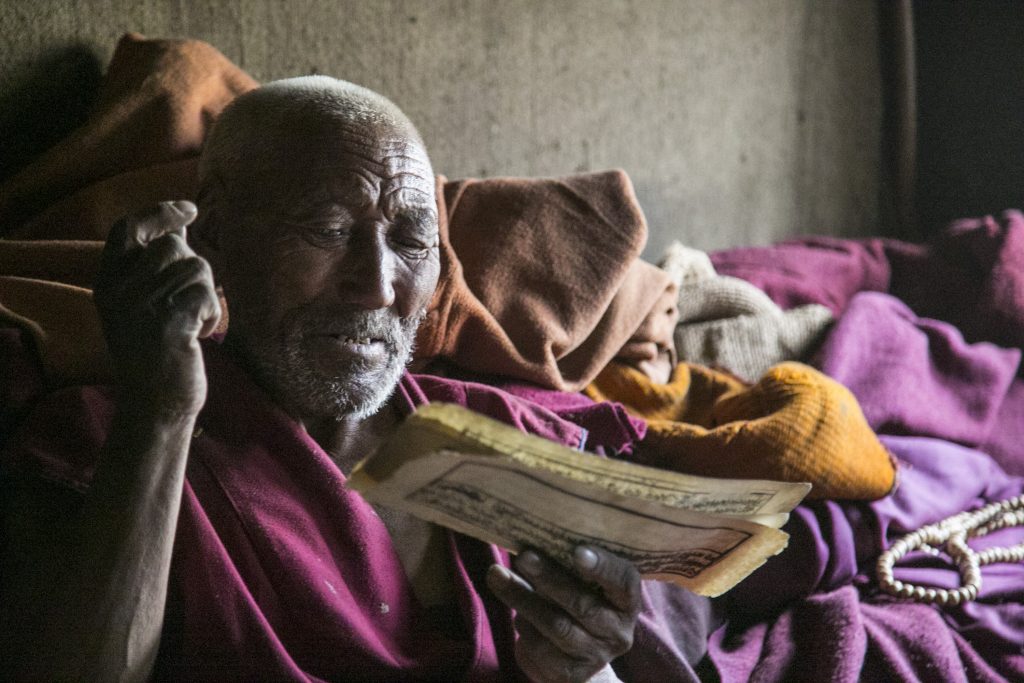
This wooden bridge, known as Phugtal bridge, is currently the only connection between the two banks of Zanskar river. In 2015, heavy landslides and floods in the Tsarap River washed away all the other bridges. Since then, Phugtal bridge is the only medium for the monks of Phugtal Gonpa to access food supplies. The bridge and the trekking path leading to it are maintained by the monks and the locals of Cha, the nearest village.
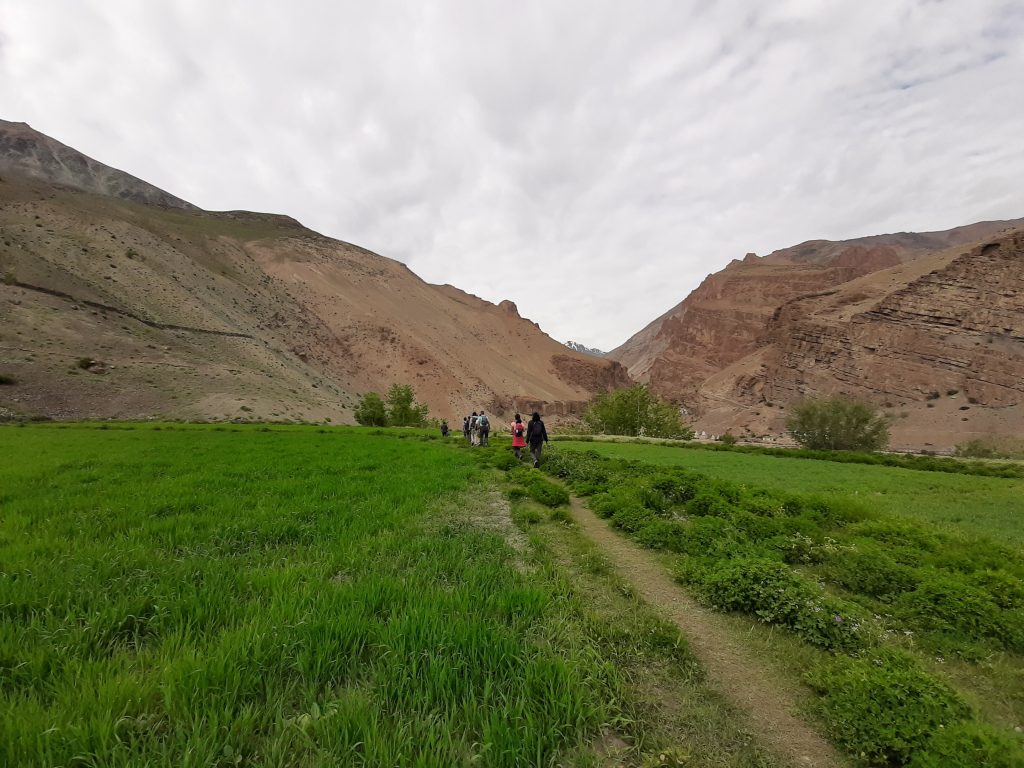
The lamas enter the monastery at a very tender age, sometimes as young as five years old! The elder monks teach them about Buddhism and philosophy. The monastery school has been the only medium of education for the kids of Zanskar for years.

For me, having grown up in this valley of folklores, wildlife and nature, the monastery is an abode of peace. It offers an expansive view of Tsarap River below, and small villages on the other side of the river. The history of the monastery is still visible on the wooden door of its kitchen – a bullet hole from a Mongolian or Tibetan attack a long time ago!
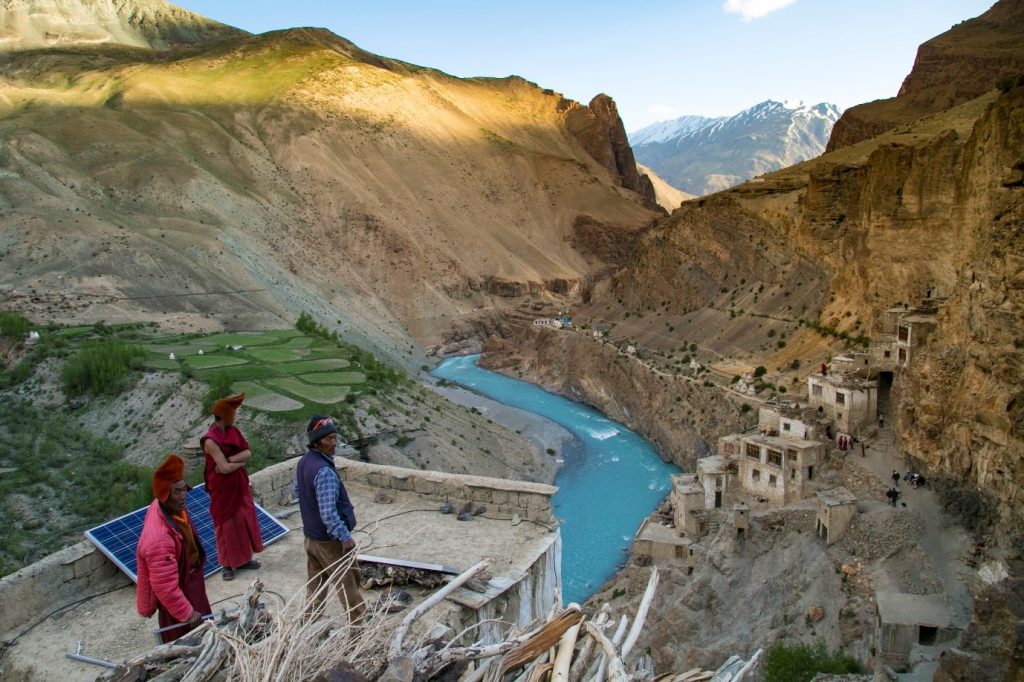
I personally visit the Phugtal Gonpa to practice meditation and discuss dharma with the lamas. And always wonder if 2500 years ago, people felt the same sense of peace in this cave in the mountains.

*Note: Although Phugtal Monastery is well-supported by multiple organisations and volunteers, it still lacks waste management practices. A solar powered recycling machine and awareness about waste and its impact will go a long way.
View video snippets of this story
The Phugtal Gustor Festival. Video: Tenzin Choejor
A glimpse of Phugtal Monastery! Video: Tenzin Choejor
Meet the storyteller





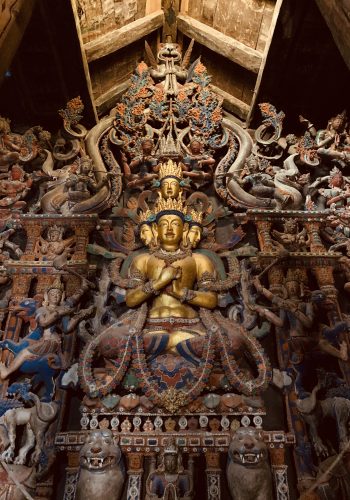


One Comment
Divya
I first came to know about this monastery when I saw a video on YouTube and I was mindblown on how beautiful it looked and how was it even constructed back then!
The visuals outside and peace within, wants me to visit this place. Hope I can make it there someday.